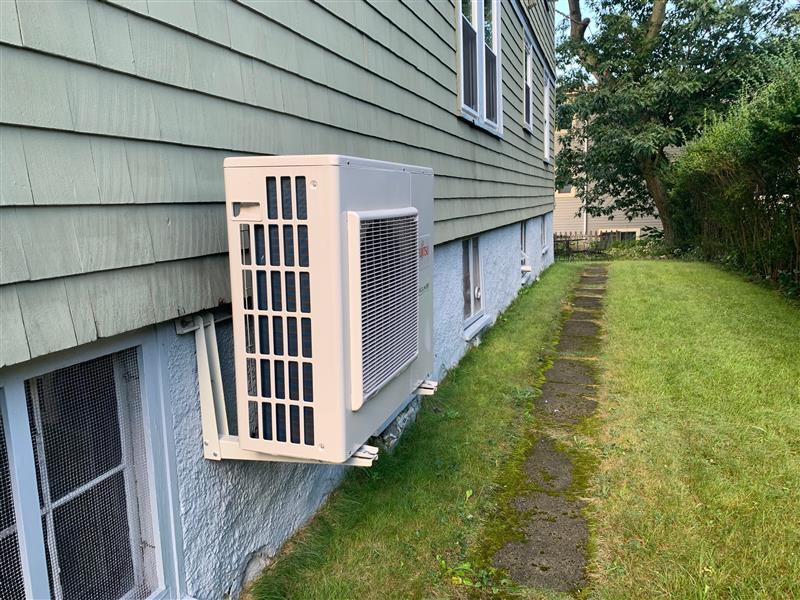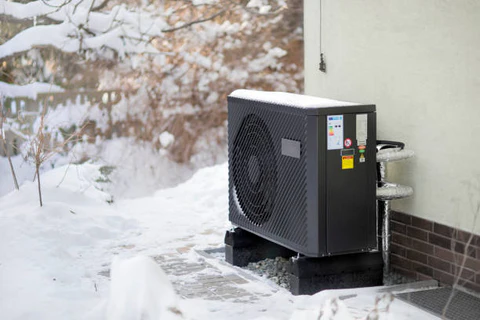Office Address
Email Address
Despite their growing popularity, heat pumps remain shrouded in misconceptions. From doubts about their performance in cold weather to concerns about noise levels and longevity, navigating the sea of myths can be challenging. In this blog, we debunk common misconceptions about heat pumps, shedding light on the truth behind these innovative heating solutions.

Since two major elements are already in place—the toilet flange and the water supply—it’s just a matter of switching out the old toilet for the new one. Depending on your type of toilet, you may have to tweak the process slightly, but the following steps will ensure a successful installation.
They now feature in most proposals for cutting greenhouse gas emissions to net-zero by mid-century in order to meet the globally agreed aim of avoiding dangerous climate change. For example, the Intergovernmental Panel on Climate Change (IPCC) says with high confidence that net-zero energy systems will include the electrification of heating relying substantially on heat pumps – with a possible exception only for extreme climates. Heat pumps significantly cut greenhouse gas emissions from building heat and are the “central technology in the global transition to secure and sustainable heating”, according to the International Energy Agency (IEA).
Heat pumps are also a mature technology and are very popular in countries such as Norway, Sweden and Finland, where they are the dominant heating technology. For the first time in 2022, heat pumps outsold gas boilers in the US – and they continued to do so in 2023. Yet, in major economies, heat pumps are the subject of hostile and misleading reporting across many mainstream media outlets.
One reason households might be hesitant to switch to a heat pump are concerns that in cold climates, they are inefficient and won’t keep a home toasty. Even just 10 years ago, this concern would be well-founded: as noted in part one of this blog, during winter, heat pumps work by extracting heat from outdoor air and transferring it into a home, so understandably heat pumps must work harder in say, Alaska vs. Florida. You can see this play out in maps of where heat pumps are installed in the U.S.: while they make up about 20% of heating equipment in hot-humid climates, that number falls to 3% of homes in cold climates.
But the technology has come a long way in the past decade. There are now heat pumps that are specifically designed for cold weather, capable of performing well even below -10°F. Don’t believe it? Look no further than Maine, where a program run by the Efficiency Maine Trust has helped achieve one of the fastest uptake of heat pumps in the country. Even in the third-coldest state in the country, the heat pumps are proving both effective and efficient at heating, helping Mainers save $812 a year on energy costs compared to a natural gas furnace and up to $2,930 when switching from propane.

They are the more efficient method of heating in all but a few hours of the year when temperatures are at their lowest – and Efficiency Maine calculates that the cost benefits of switching to a furnace or boiler during those few hours is just $1.50 a year. So by purchasing a unit that is modern, efficient, and cold-weather-rated, heat pumps can be a very smart choice even in cold climates.
ome people associate noise with heat pumps: back when the technology was newer, the units could make a lot of noise as they switched between various cycles. But options on the market today avoid this problem. For example, ductless heat pumps are one of the quietest HVAC options on the market, with many owners not even able to detect when the unit is on. And even central units can have noise-canceling features installed by an HVAC professional, such as discharge mufflers or insulated compressors. If noise is a big concern of yours when purchasing a heat pump, make sure to complete research on decibel ratings, with quieter central units usually rated below 60 dB.
One of the first things you’ll notice when considering the switch to a heat pump is that they cost more upfront than A/C or a furnace. But there are two important things to remember about that price. One, heat pumps serve more than one function; in fact, they do the job of five different appliances: heaters, air conditioners, dehumidifiers, ceiling fans, and room air filters. If you’re looking to replace both your furnace and A/C, replacing those both separately could cost you $7,000-plus, making the average heat pump installation price of $5,613 suddenly not look too bad (remember, pricing is highly variable depending on factors such as the equipment used, labor charges, etc.).
The second factor to remember is your long-term cost savings by not using as much energy. As noted in part one of this blog, the average U.S. household would save $557 per year on energy costs by making the switch, meaning that the difference between a heat pump and a less efficient HVAC system could be made up within just a few years of switching over – and then continue to offer year after year of savings.
Of course, not everyone can afford to wait a few years to start enjoying those savings. Thankfully, there are many programs across the country offering rebates and incentives to lower that upfront cost. For example, Alliance Associate Ch elan PUD offers rebates covering up to 100% of the project cost of a new heat pump installation. Check with your local utility or government organizations to see what rebates are available – and keep in mind that you can get money back by claiming a high-efficiency heat pump installation on your taxes with the Sec. 25C homeowner credit.
Despite misconceptions, millions of buildings worldwide, including historic ones, have successfully integrated heat pumps. Research by the Electrification of Heat demonstration project found no performance variation based on house age
Heat pumps are compatible with both underfloor heating and radiators. While underfloor heating optimises efficiency due to lower flow temperature requirements, heat pumps remain a viable option for existing properties. Some radiator upgrades may be needed, but heat pumps can still provide efficient heating solutions. We recommend that you conduct an independent retrofit assessment to establish whether any works that you may be planning to adapt your property are likely to be suitable for your property and goals.
As you’ve read in both parts of this blog, heat pumps offer several benefits for residential consumers. Last year, the Alliance’s Active Efficiency Collaborative released a report on beneficial electrification, which is when switching from a fossil fuel device to electric 1) saves consumers money over the long run; 2) enables better grid management; 3) reduces negative environmental impacts; and 4) improves quality of life. So does switching to an electric heat pump meet these criteria? In almost all cases yes: they are so efficient that they can offer households hundreds of dollars per year back in energy savings, they can participate in demand response programs to better manage peak demand events, they reduce carbon emissions in 99% of U.S. households, and they are highly effective at cooling and heating in all climates (unless you plan on spending a lot of your winter in -15°F temperatures).
